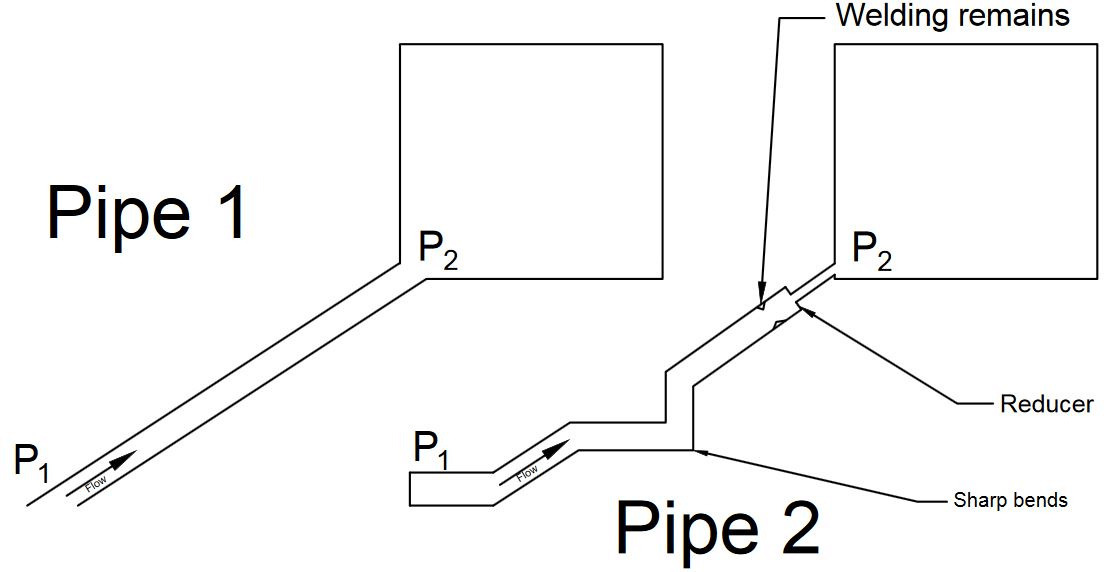Back pressure is an important parameter for controlling the quality of melt and product in the blow molding process. Appropriate back pressure plays an important role in improving the quality of blow-molded products.
Formation of back pressure
During the melting and plasticizing process of plastic, the melt continuously moves to the front end of the barrel (inside the metering chamber), and more and more, gradually forming a pressure to push the screw backward.
To prevent the screw from retreating too fast and ensure that the melt is evenly compacted, it is necessary to provide reverse pressure to the screw. This reverse pressure that stops the screw from retreating is called back pressure.
Appropriate back pressure can improve the quality of products
① It can compact the molten material in the barrel, increase the density, and improve the stability of the injection volume, product weight, and size;
② It can “squeeze out” the gas in the molten material, reduce the gas flowers and internal bubbles on the surface of the blow-molded product, and improve the uniformity of gloss;
③ Slow down the screw retreat speed to fully plasticize the molten material in the barrel, increase the mixing uniformity of color powder, masterbatch, and molten material, and avoid color mixing in blow-molded products;
④ Properly increase the back pressure to improve the shrinkage of the product surface and the glue flow around the blow-molded product;
⑤ It can increase the molten material’s humidity, improve the molten material’s plasticization quality, and improve the molten material’s fluidity when filling the mold. There is no cold glue mark on the surface of the blow-molded product.

The impact of excessive back pressure on products
① The melt pressure at the front end of the barrel is too high, the material temperature is high, and the viscosity decreases. The backflow of the melt in the screw groove and the leakage flow between the barrel and the screw increase, which will reduce the plasticization efficiency;
② For plastics with poor thermal stability (such as PVC, POM, etc.) or colorants, the melt temperature increases, and the heating time in the barrel increases, causing thermal decomposition, or the colorant discoloration increases, and the surface color and gloss of the blow-molded product deteriorate;
③ The backpressure is too high, the screw retreats slowly, and the pre-plastic return time is long, which will increase the cycle time and reduce production efficiency;
④ The back pressure is high, the melt pressure is high, and the nozzle is prone to melt drooling after injection. When the next injection is made, the cold material in the sprue flow channel will block the sprue or cold material spots will appear in the product;
⑤ During the blow molding process, the nozzle often leaks glue due to excessive back pressure, which wastes raw materials and causes the heating ring near the nozzle to burn out;
⑥ The mechanical wear of the pre-plastic mechanism and the screw barrel increases.
The impact of too low back pressure on products
① When the back pressure is too low, the screw retreats too fast, the density of the melt flowing into the front end of the barrel is small (relatively loose), and more air is trapped;
② It will lead to poor plasticization quality, unstable injection volume, and large changes in product weight and product size;
③ The surface of the product will have shrinkage, gas flowers, cold material lines, uneven gloss, and other undesirable phenomena;
④ Bubbles are prone to appear inside the product, and the periphery and bone position of the product are prone to insufficient glue.
Guidance method for back pressure setting
The adjustment of blow molding backpressure should be determined according to the performance, drying conditions, product structure, and quality conditions of the raw materials. The back pressure is generally adjusted to 3-15kg/cm3.
When there are a few gas flowers, mixed colors, shrinkage, and large changes in product size and weight on the surface of the product, the back pressure can be appropriately increased.
When the nozzle leaks glue, and drools, the melt is overheated and decomposes, the product changes color, and the return material is too slow, it can be considered to reduce the back pressure appropriately.
